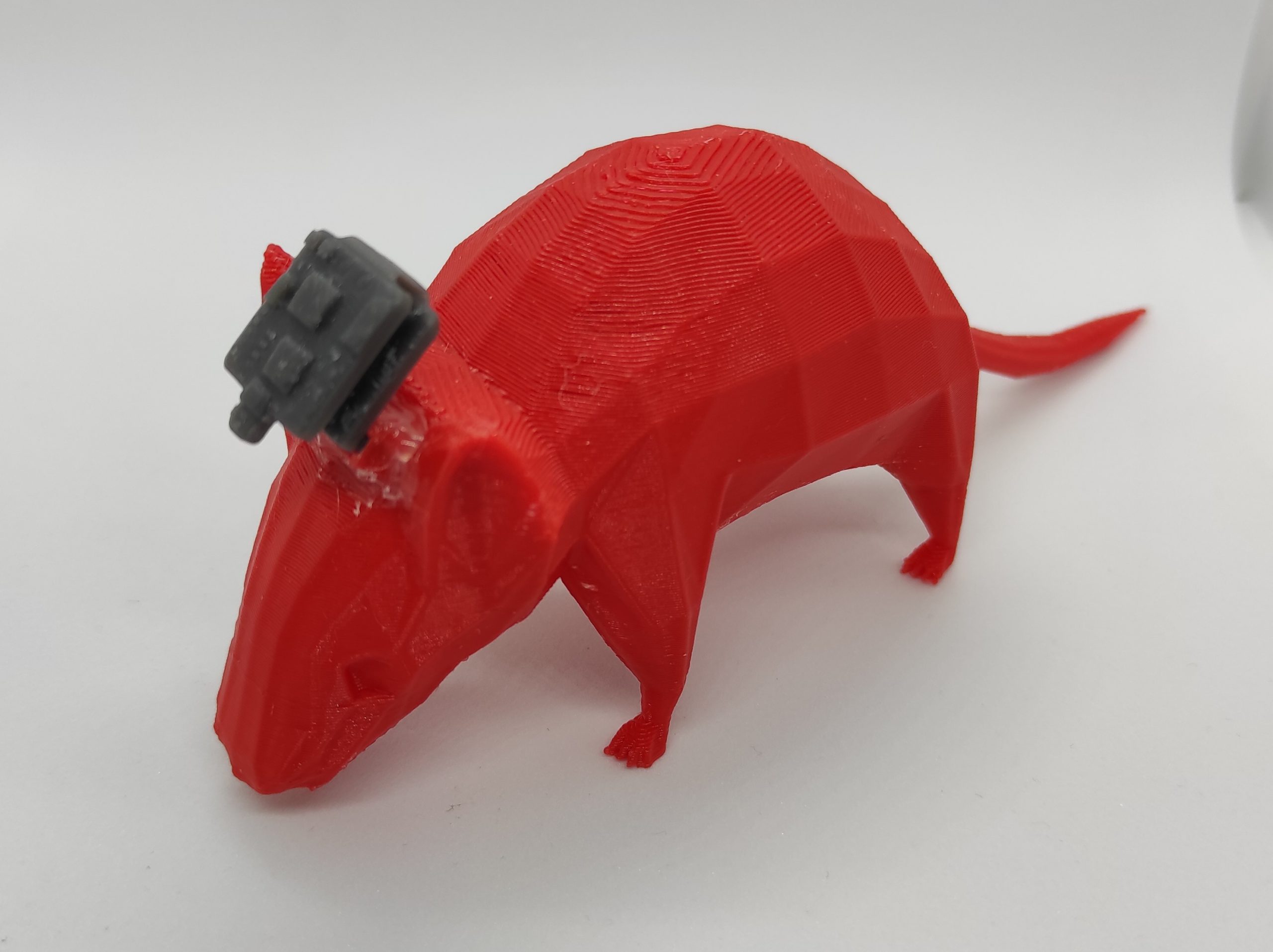The ISSDP laboratory team has in its staff two more winners of the UMNIK program. Congratulations to our colleagues!
Anna Ovsyannikova, chief engineer at the laboratory, and Nikolai Abramov, lead programmer, became the winners of the UMNIK program, which is carried out by the Foundation for the Promotion of Small Businesses in the Scientific and Technical Field (Innovation Promotion Fund).

At the award ceremony at SPbPU, Vice-Governor of St. Petersburg Vladimir Knyaginin noted: “For the first time in St. Petersburg, the Innovation Promotion Fund allocated 50 million to implement not just ‘pipe dreams’ well-balanced, expert-evaluated and largely realistic projects. And they will do good for our city.”
Anna Ovsyannikova’s project which participated within the frame of the “New Instruments and Intelligent Manufacturing Technologies” scope was dedicated to the development of a hardware-software complex for determining the area and thickness of binding coatings.
The device was designed for the needs of the petrochemical and road industries; it will be in demand at the laboratories of large oil refineries, road-building organizations, manufacturers of surfactants, etc. However, the scope of application of the method underlying the development is much broader: it can be used in any industry where an accurate and quick analysis of the degree of adhesion of the material is required.
The project solves the problem of inaccuracy in the testing: the degree of adhesion of the binder to the surface up until now experts determine based on visual assessment. The prototype of the device developed by Anna Ovsyannikova, thanks to the use of machine vision technology, provides for a much faster and more accurate analysis, thus seriously reducing enterprises’ risks associated with inadequate control of product quality. Not only will such a device eliminate the subjectivity factor but also help to unify the assessment system by creating a database of results from experts from different organizations.
Nikolay Abramov’s project in the “Digital Technologies” sphere was focused on developing a software module based on neural networks for detecting pedestrians in a video stream under difficult visibility conditions. The software can work in real time and on hardware platforms with limited computing capabilities.
The method of detection using convolutional neural networks used in the development is by far the most efficient but its implementation requires high computational costs. To solve this problem, the researcher suggested performing video content analysis tasks directly on embedded devices, without transferring data to the cloud service, which would reduce the response time of the system, eliminate the need for a high-speed Internet connection for video transmission, or even let the device work autonomously.
Such an approach will allow us to adapt the software to operate on various platforms, including those with limited hardware capabilities, which provides for making a high-quality product for consumers, i.e., developers of embedded systems of intelligent video analytics (video surveillance cameras, on-board car systems, drones).
Another problem of video analytics related to the detection of masked faces was solved in the project of software developer of the laboratory, DevOps team lead Arseny Zorin, who had won a month earlier under the UMNIK – Sberbank program in the area of “Data Science in the Banking Sector.”

